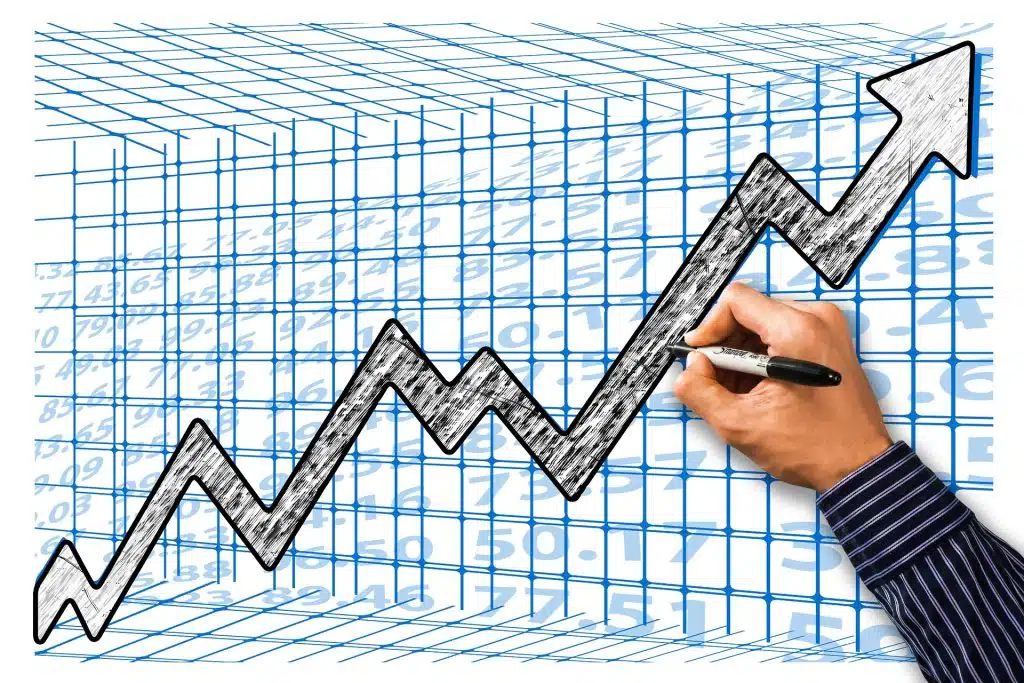In 2023, grasping global welfare is vital. “50 Important Welfare Statistics for 2023” offers insights.
Explore these stats for a deep understanding of welfare’s impact on poverty, healthcare, education, employment, and the environment.
Stay informed for inclusive and sustainable decisions shaping the global welfare landscape.
Poverty and Income Struggles Worldwide
This section sheds light on global poverty, with over 700 million people surviving on less than $1.90 per day. Examining rates in the United States and the European Union, we explore disparities among various populations, including higher rates among Black, Hispanic, and European Union citizens.
Battle Against Chronic Hunger
Focusing on food insecurity, we delve into the global fight against chronic hunger. Additionally, with staggering statistics on over 800 million people affected worldwide, we detail food insecurity in the United States and the European Union, emphasizing vulnerabilities in single-parent households.
Bridging Healthcare Access Disparities
Addressing healthcare disparities globally, this section outlines the lack of access to essential healthcare services for over 3.7 billion people. Moreover, statistics from the United States and the European Union spotlight uninsured populations and challenges in affording basic healthcare, emphasizing gender-based health disparities.
Breaking Barriers for Education
Exploring global educational challenges, this section presents statistics on the 260 million children not attending school worldwide. Furthermore, high school dropout rates in the United States and the European Union’s struggles with youth not in education or training are discussed, with a focus on gender-based disparities.
Struggle for Safe Shelter
Examining housing issues worldwide, this section reveals over 1 billion people lacking safe housing. Importantly, statistics on homelessness in the United States and substandard housing in the European Union highlight vulnerabilities, particularly for women and children.
Navigating Employment Challenges
Delving into employment disparities globally, this section provides statistics on over 190 million unemployed individuals. Moreover, specifics from the United States and the European Union highlight demographic disparities, emphasizing gender and age-related discrimination.
Overcoming Challenges with Resilience (Disability)
Focusing on disability challenges globally, this section explores the struggles faced by over 1 billion people. Notably, statistics from the United States and the European Union underscore the impact on poverty, unemployment, and social exclusion.
Nurturing the Future Generation (Child Welfare)
Examining child welfare worldwide, this section highlights the struggles of over 1 billion children living in poverty. Particularly, statistics from the United States and the European Union emphasize the risks faced by children, including poverty, hunger, and limited access to education.
Ensuring Dignity in Golden Years (Elderly Welfare)
Addressing elderly welfare challenges globally, this section explores the difficulties faced by the aging population. Specifically, statistics from the United States and the European Union emphasize the need for healthcare, pensions, and social support for older adults.
Balancing Nature and Well-Being (Environmental Welfare)
Examining environmental welfare challenges, this section sheds light on the impact of environmental degradation on well-being. Moreover, noteworthy statistics on access to clean water, air pollution in the United States, and premature deaths in the European Union underscore the need for a balance between nature and health.
Navigating Complex Global Challenges
Concluding the article, this section addresses complex challenges in global welfare, including issues in fragile and conflict-affected states and the impact of migration. Importantly, furthermore, the necessity of addressing protection, healthcare, education, and employment in these situations is emphasized.
Conclusion
Urgent Action Needed: Addressing Global Welfare Challenges
The welfare statistics emphasized in this article highlight the pressing need for immediate action on a global scale to combat poverty, inequality, and social exclusion.
Progress Amidst Ongoing Struggles
While commendable progress has been achieved in areas like education and gender equality, persistent challenges loom large, especially in housing, employment, disability, child welfare, elderly welfare, environmental welfare, and global welfare.
Unified Efforts for Universal Dignity
Governments, civil society, and international organizations must join forces to ensure that everyone, irrespective of income, gender, age, ethnicity, or location, can enjoy basic human rights with dignity.
Strategic Investments for Equitable Progress
Strategic investments in social protection, healthcare, education, and sustainable development are pivotal for constructing a fairer and more just world.
Welfare Insights: FAQs Unveiled
Explore frequently asked questions to gain deeper insights into the roles of civil society, the prevailing challenges in 2023, and the ways individuals can contribute to promoting welfare.









